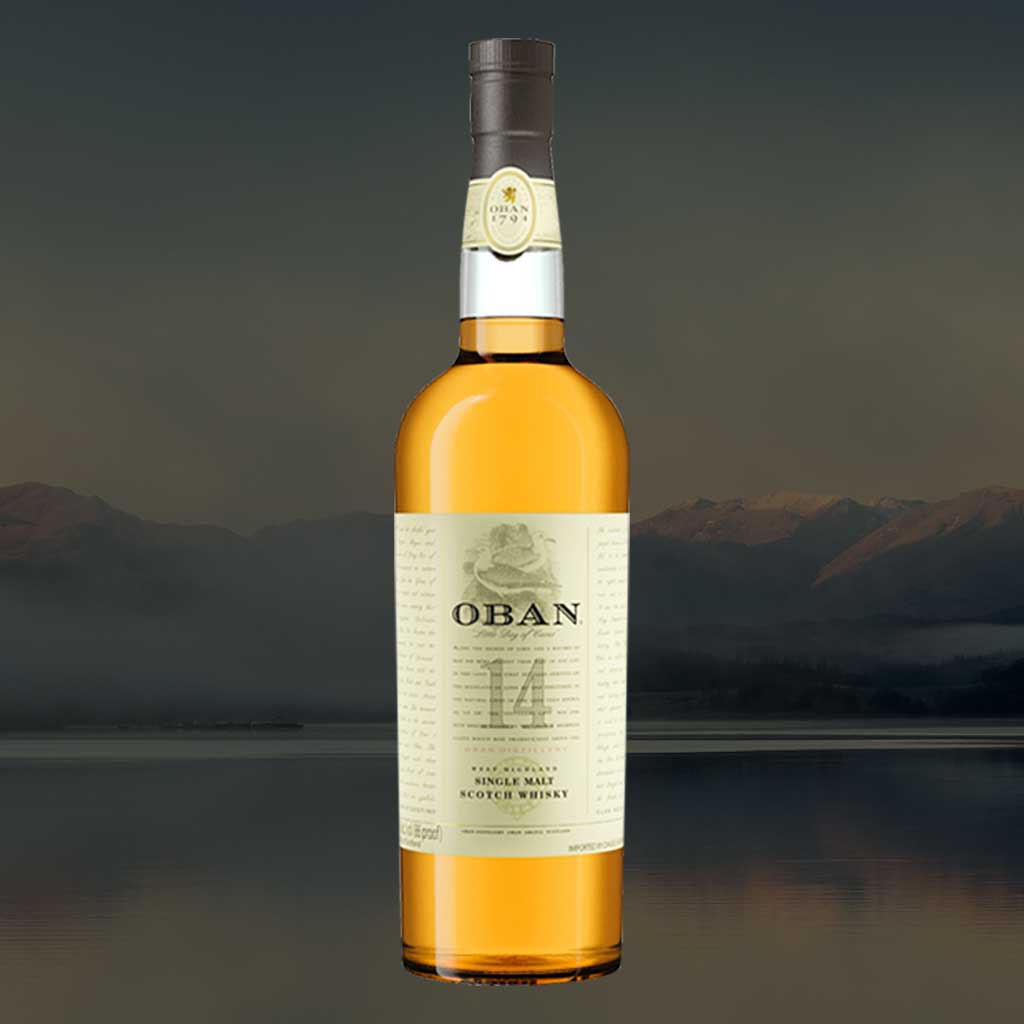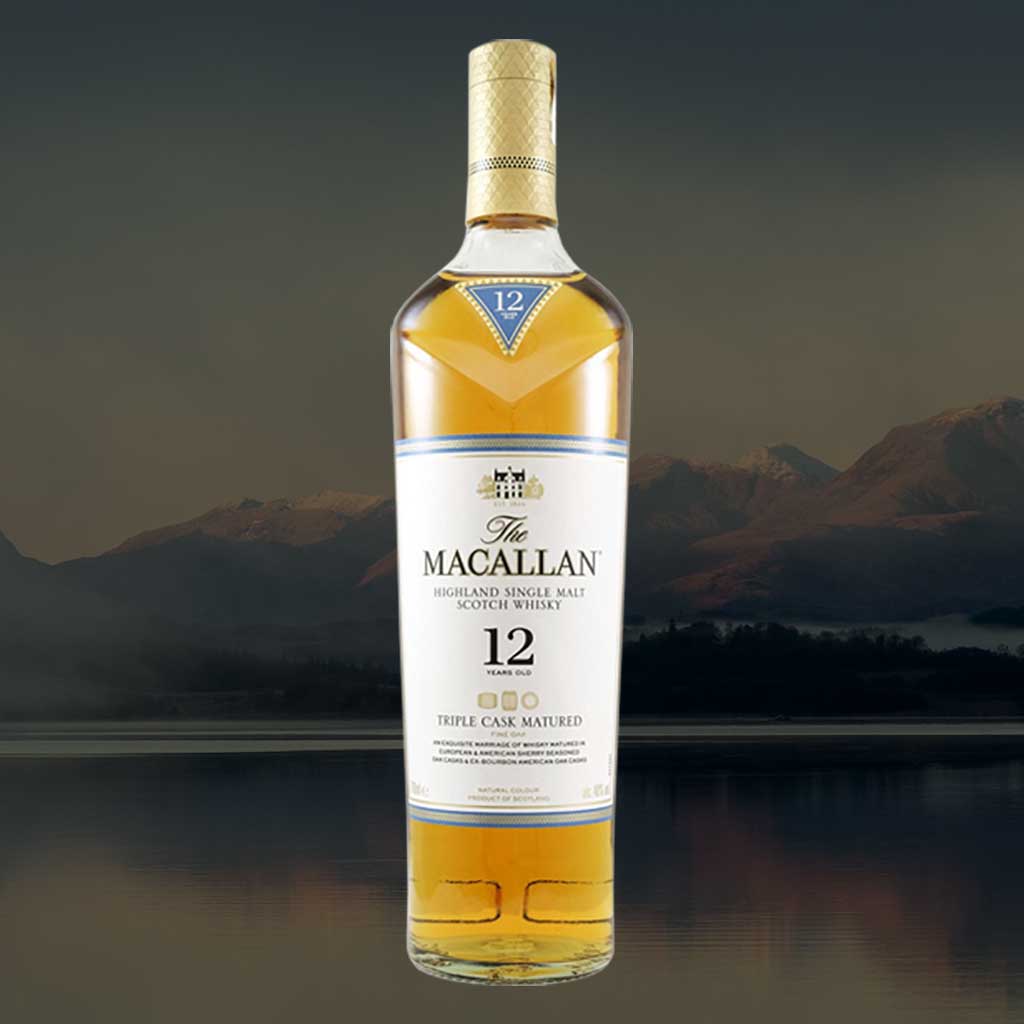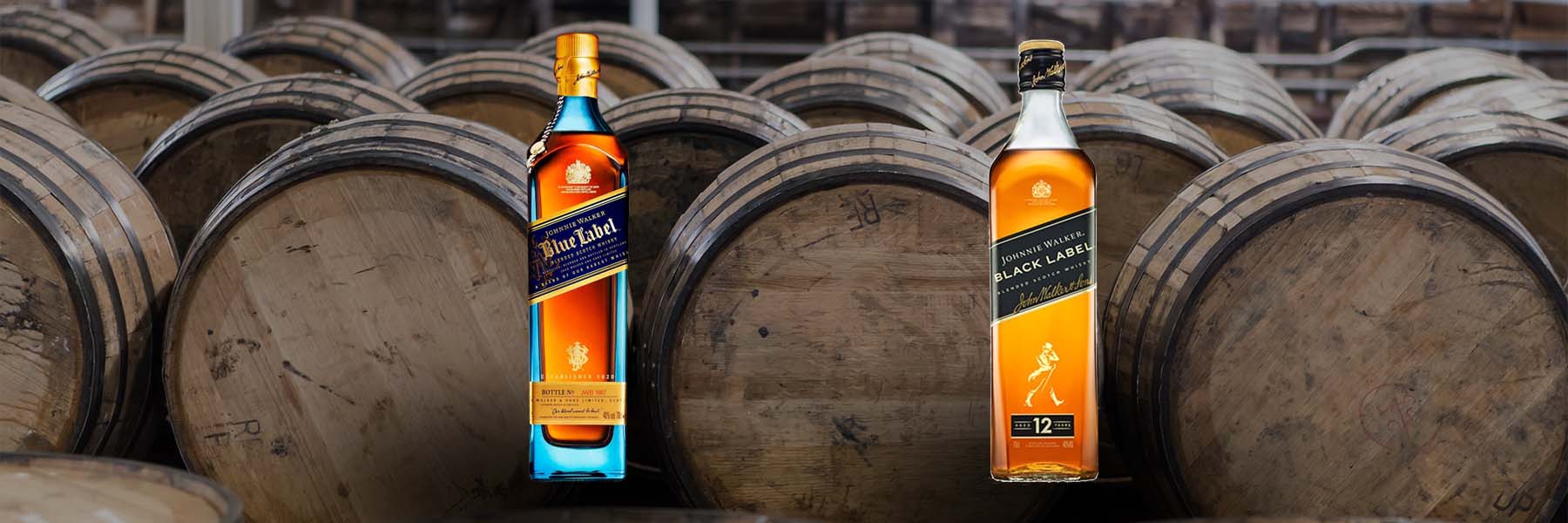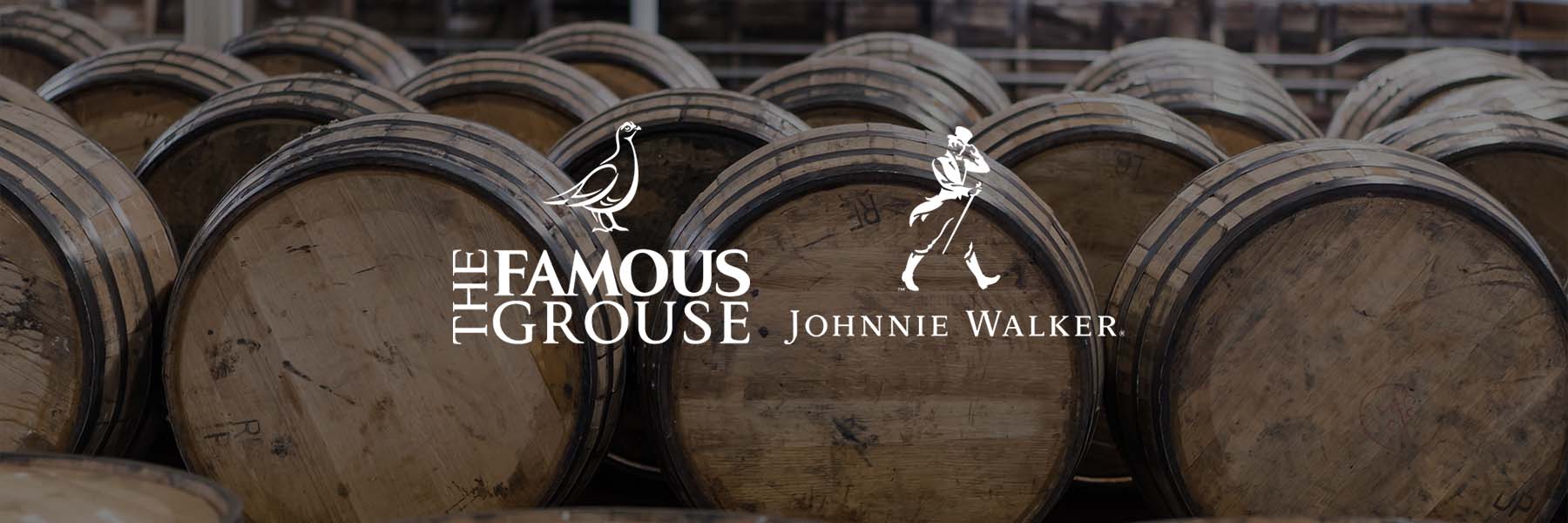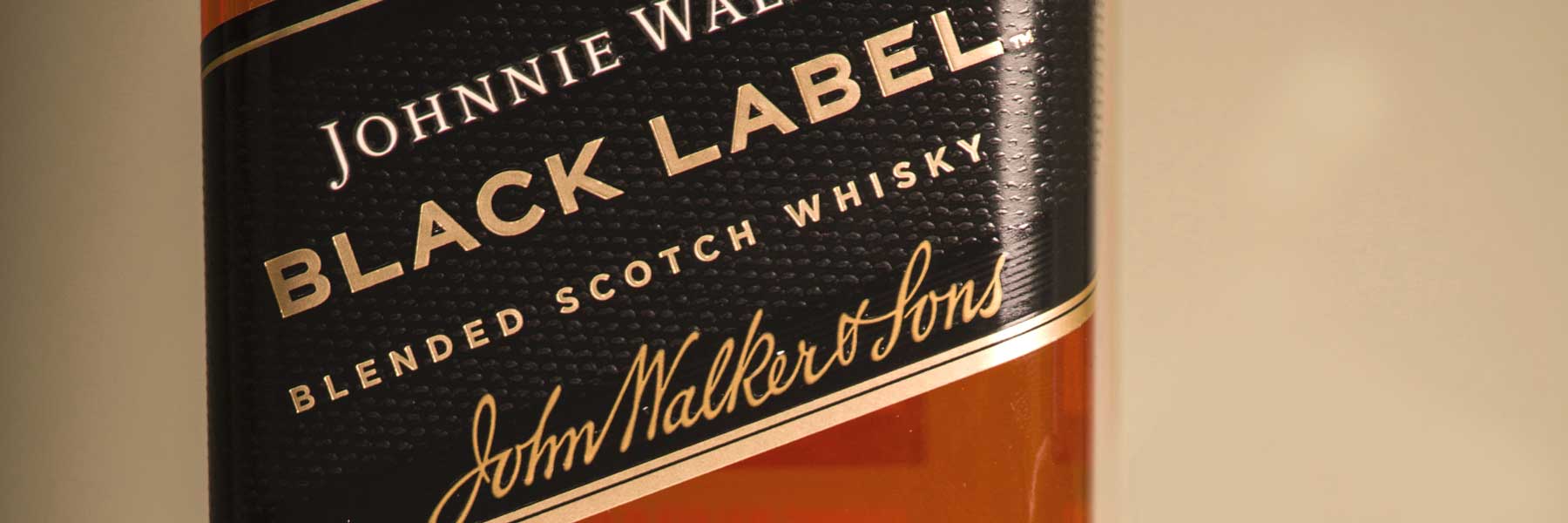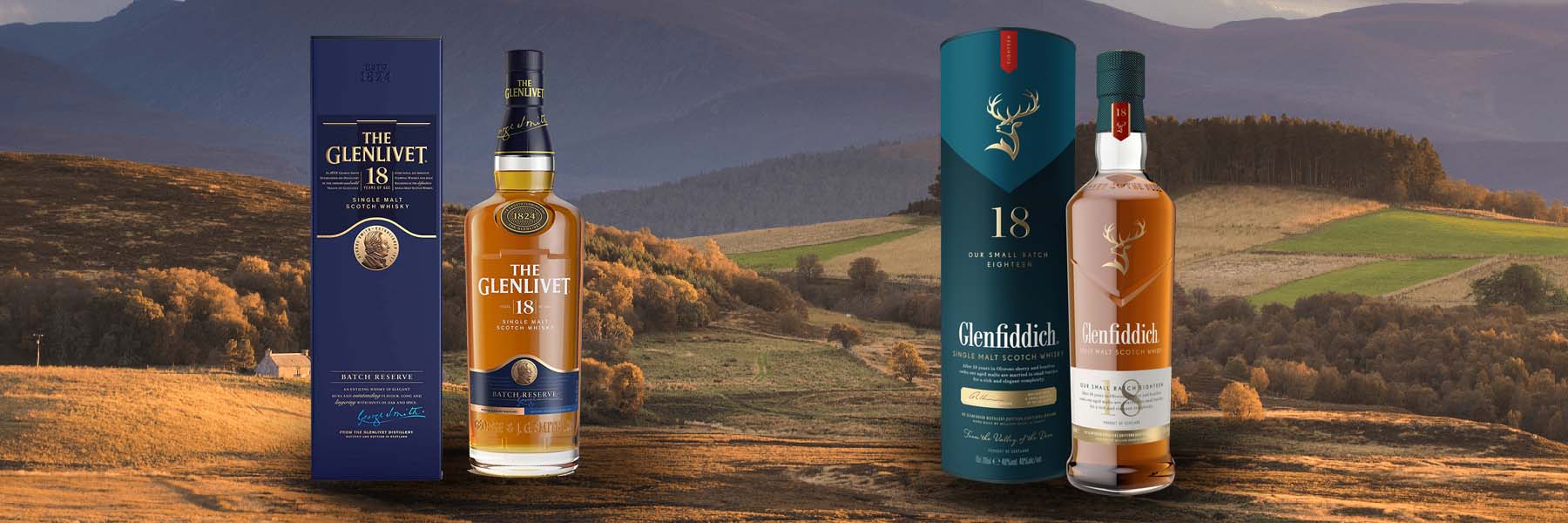Oban 14 vs Macallan 12 Triple Cask | A smooth and sophisticated single malt showdown
Last updated on August 13th, 2024
My first encounter with Oban 14 was several years ago on my birthday. A close friend, presented me with a thoughtfully curated set of whisky samples, and among its contents, the Oban 14 shone brightly. While other bottles in the gift set were ‘nice enough’, the Oban 14 captivated me with its remarkable balance and finesse. Admittedly, its price has risen slightly since then, but it’s been a favourite of mine ever since.
If you’re willing to indulge in a higher-priced alternative, the Macallan 12 Triple Cask is an exceptional and comparable whisky. In recent years, the price of this expression has also experienced a significant uptick. However, from my perspective, this high shelf bottle is still a must-try bottle. Positioned as their entry-level expression with a triple cask maturation, it’s a beautiful dram worth reading about in my review below.
Delving into the nuances of these two remarkable whiskies, this review aims provide novice enthusiasts and seasoned veterans with a comprehensive understanding of their distinctive characteristics. So join me as I compare the Oban 14 vs Macallan 12 Triple Cask, unravelling their unique complexities that make them worthy investments.
The main difference between these whiskies
Akin to the old style of Island whiskies, Oban 14 uses lightly peated malted barley. With a very low PPM of around 3, it’s no where near the peat-monster territory of brutish Islay brands such as Ardbeg, Bruichladdich or Lagavulin. On the other hand, The Macallan 12 isn’t peated at all and instead brings the light, sweetness of their sherried Speyside style.
Oban 14 vs Macallan 12 Whisky: Quick look comparison
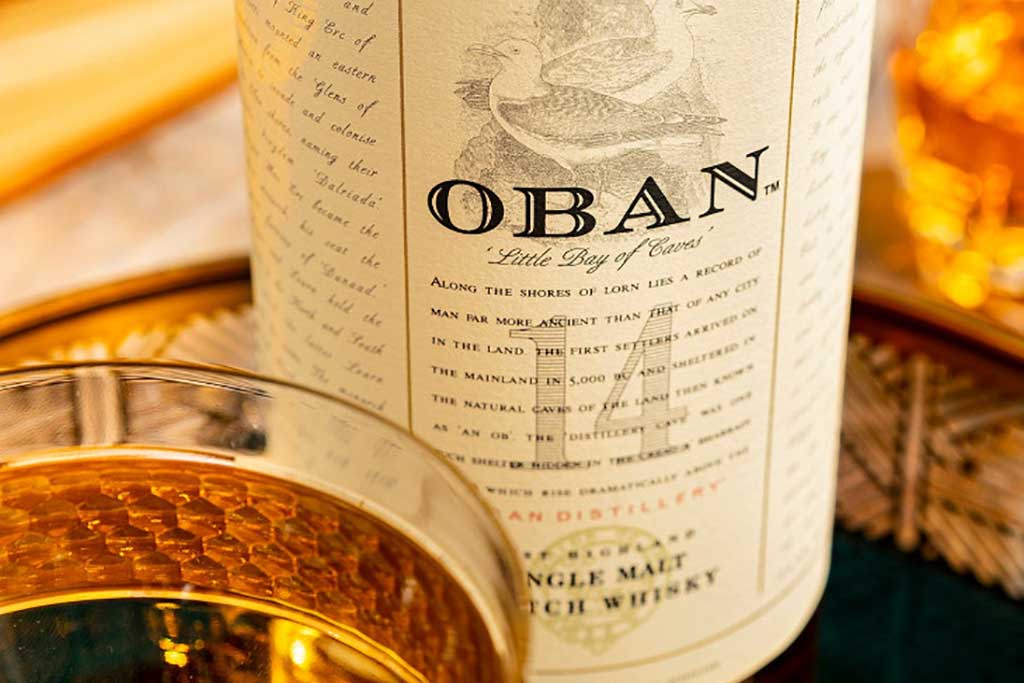
Oban 14 Review
On the nose, the Oban 14 greets you with a delightful maritime aroma, reminiscent of the rugged Scottish west coast. Subtle hints of toffee brittle, red apples, and cereal accompany it. With a little swirling, you’ll detect a pleasant touch of coffee. The nose finishes with a delightful blend of pecan pie, nutmeg, and a dash of cinnamon, striking a perfect balance between salty and fresh sensations.
On the palate, the Oban is smoky and creamy with flavours of marmalade, toffee apples, and pear cider. With some ‘chewing’, cloves emerge toward the late palate, adding a spicy layer with notes of salted caramel and pretzel. Nuts intertwine with the richness of butterscotch and coffee. It concludes with a touch of praline, nutmeg, and the definitive minerality synonymous with Oban.
Mouthfeel: Oban 14 delivers a smooth and well-balanced mouthfeel, leaving a pleasantly inoffensive impression. The texture is notably oily and carries a subtle milky quality. Toasted apples, ginger, and chocolate lace the liquid’s texture, along with warming baking spices. It’s quite gentle on the senses, with no overpowering or assertiveness.
The finish is short. But I find the sweet and spiced notes to be quite charming. Cloves take centre stage, accompanied by the delightful combination of salted pretzels, caramel, and waffles. Crisp herbal lozenges and shortbread make their presence known, with a flash of toasty oak and spice.
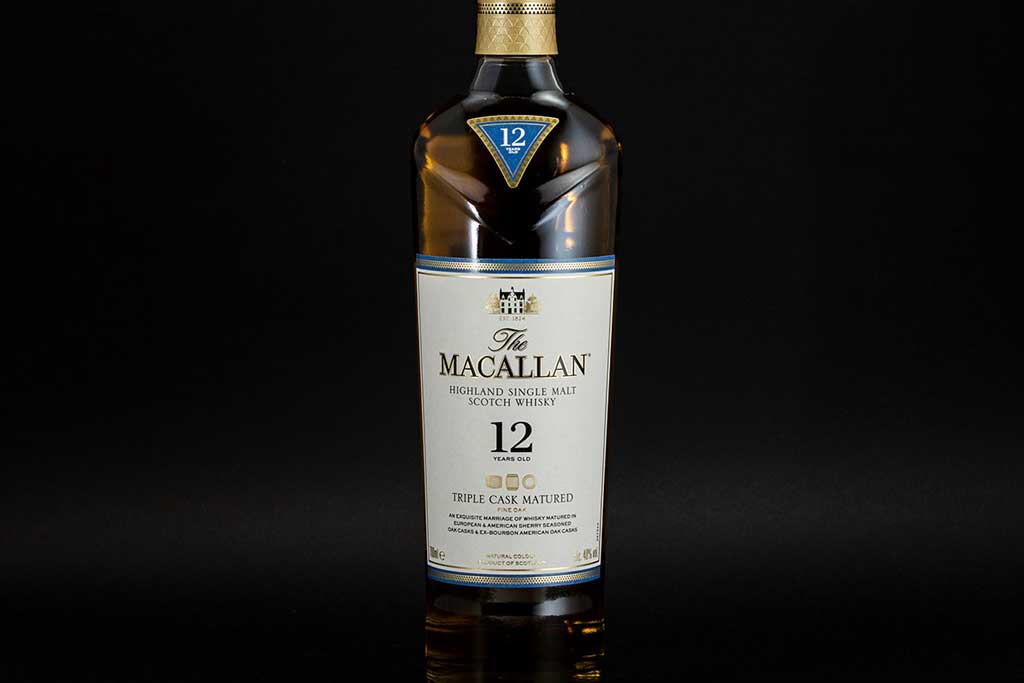
Macallan 12 Triple Cask Review
On the nose, The Macallan releases wafts of freshly baked gingerbread accompanied by hints of vanilla, buttered toast, and scones. The initial impression is a little light, but there’s an abundance of sweetness and fruit like stewed apples and apple crumble, with a subtle touch of pineapple. Soft oak and a gentle presence of malted barley mingle with summary dried grass and citrus peels.
On the palate, subtle pear notes and sweetness emerge. It’s not overly strong and instead offers a more delicate and nuanced flavour profile compared to the Oban. A gentle spicy kick emerges along with the essence of barley. Crisp red apples and the delectable combination of raisins, sultanas, and stem ginger accompany it. Citrus begins to emerge, harmonising with a touch of dark chocolate.
The mouthfeel offers a pleasing sensation, characterised by a subtle cedar note and the lingering presence of honey that caresses the palate with its creamy yet lightweight texture. It’s reminiscent of a fine, natural cider, providing a crisp and refreshing quality. Soft, smooth, and straightforward. There’re no prominent or lingering complexities.
The finish unveils delicate flavours of apples and pears, complemented by floral chamomile. As the experience fades, there’s a sense of soft crispness. While you may yearn for a bolder kick, you’ll probably find the smoothness and easy drinking nature of The Macallan to be quite satisfying. I certainly did.
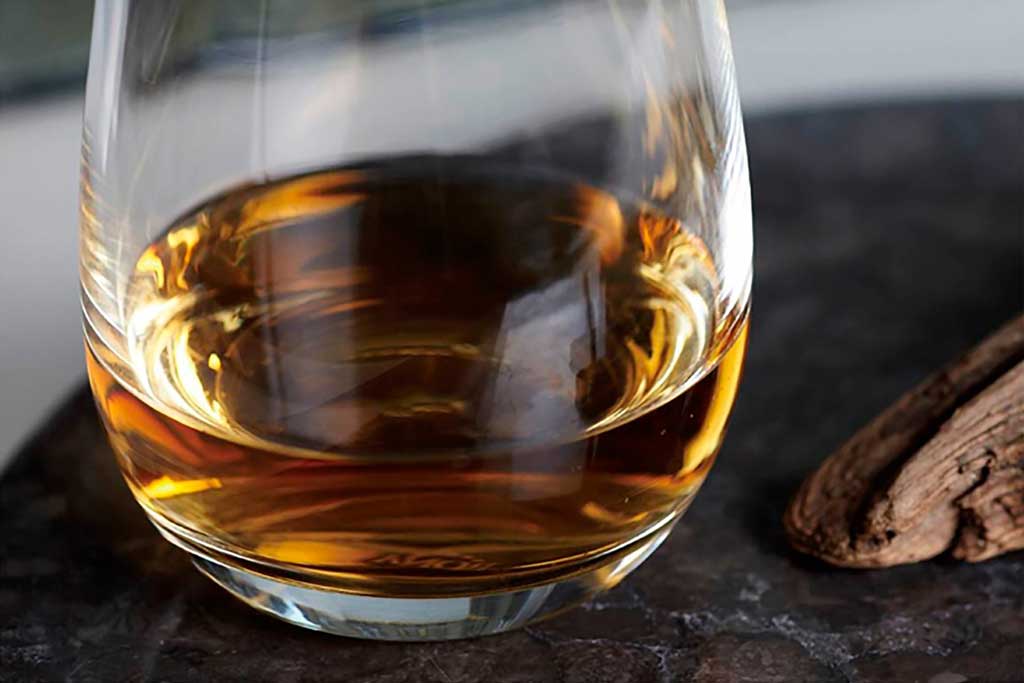
Comparing Oban 14 vs Macallan 12 Triple Cask
Some whisky enthusiasts crave bold and spicy drams that deliver a powerful punch. If that sounds like you, neither the Oban 14 nor the Macallan 12 Triple Cask will satisfy your penchant for intense flavours. For me, both these Island and Speyside whiskies have a more understated nature rather than overwhelming the palate.
The Oban 14 is a unique whisky that harmoniously blends maritime influences with fruity and malty notes. While it stands out with its distinct characteristics, there are a few whiskies that share some similarities in terms of flavour profiles and overall style.
For instance, Clynelish 14, also hailing from the Highland region, exhibits coastal influences and a well-balanced flavour profile that resonates with Oban 14. Another whisky to consider is Old Pulteney 12, which showcases maritime notes and a smooth, well-rounded character comparable to Oban 14. However, it’s essential to appreciate that each whisky offers an individual experience to be savoured.
The added colour, relatively lower ABV (Alcohol By Volume), and the fact that it is chill-filtered may not be all that appealing to the more experienced whisky lover. However, considering its reasonable price point in today’s market, the Oban 14 is a suitable option if you want something non-traditional.
However, those with more experienced palates might not appreciate it as much, particularly if they prefer peat or sherry-forward expressions. If you’re seeking bolder whiskies, you may find alternatives that offer similar or even superior experiences at a lower cost. Nevertheless, the Oban 14’s well-balanced palate justifies the slightly higher price tag when compared to the Macallan 12 Triple Cask, which is nearly triple the price.
The Macallan 12 Triple Cask has undergone notable changes over the years, challenging any preconceived notions you may have about this whisky. The signature dried fruits have been replaced by brighter and sweeter fruity flavours, likely influenced by its ex-bourbon casks in maturation.
Similar to the Oban 14, the Macallan 12 Triple Cask boasts a smoothness that makes it easy to appreciate. However, it goes a step further with a buttery richness that distinguishes it from its counterpart. While it may lack peat, its palate offers enough complexity to satiate even those with a bias towards smokier whiskies.
The combination of American and European sherry casks infuses a delightful spice that elevates the overall experience. Whether you’re a whisky novice or simply seeking an effortlessly enjoyable dram, the Macallan 12 Triple Cask delivers on both fronts.
Although it may not possess the same level of boldness or complexity as more mature Macallan expressions, it still provides a pleasurable introduction to what the distillery has to offer. However, its approachable nature may leave you yearning for a more robust experience. It’s important to acknowledge that this is a relatively young whisky, and as such, it may not fulfil the desires of seasoned connoisseurs who crave more intense flavours.
Regrettably, the once intense sherry spices have lost some of their allure. Macallan continues to treat the Triple Cask as if nothing has changed, but discerning whisky lovers with keen senses and sharp memories may beg to differ.
The Macallan brand often faces criticism regarding its pricing, with some arguing that without the name, it wouldn’t command such high costs compared to similar drams. Personally, I find that considering its relatively low ABV, I’m hesitant to spend such a considerable sum on the Macallan 12 Triple Cask. Nevertheless, it remains highly drinkable, and loyalists to the distillery will undoubtedly still appreciate it. For me, taste takes precedence over reputation and status.
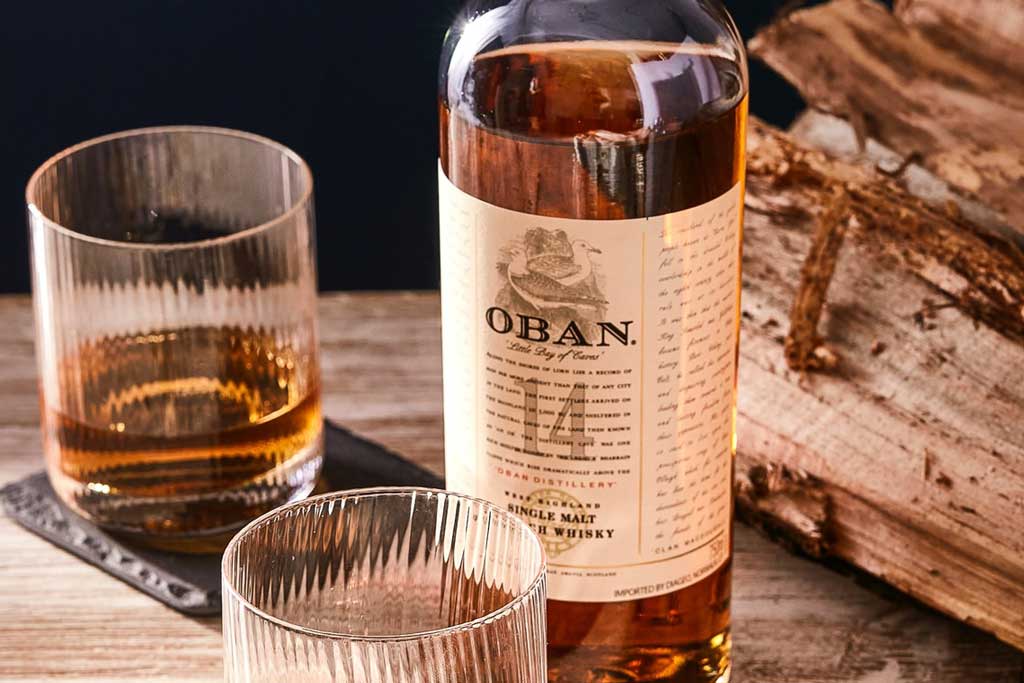
Final Thoughts
Both the Oban 14 and the Macallan 12 Triple Cask offer enjoyable experiences albeit a bit gentle for more spirited whisky drinkers.
While Oban 14 provides a nice drinking experience, it doesn’t deliver the nuance, complexity, or intensity that more discerning whisky enthusiasts might seek. It shines as a beginner’s whisky, ideal for those looking for a few casual drinks without demanding a profound experience. Appreciating Oban 14 for what it is, rather than expecting depth, is key to enjoying it without disappointment.
Despite the use of artificial colour and chill filtering, Oban 14’s affordability makes it difficult to argue with—especially compared to the arguably overpriced Macallan 12 Triple Cask. The Oban 14 serves as an accessible option for individuals exploring the world of Scotch whisky or seeking a straightforward, enjoyable drinking experience without breaking the bank.
On the other hand, the Macallan 12 Triple Cask presents a fruity and sweet experience that may appeal to those looking for a different flavour profile. It showcases a buttery richness, notes of dried fruits, and a subtle spice from the combination of American and European sherry casks. If you’re a fan of the brand, chances are you’ll be a fan of the dram too. Unfortunately, I find it a bit difficult to justify the taste for the price.
| Oban 14 | Macallan 12 Triple Cask | |
| Colour | 3/10 | 7/10 |
| Nose | 5/10 | 4/10 |
| Mouthfeel | 4/10 | 2/10 |
| Palate | 5/10 | 3/10 |
| Finish | 5/10 | 3/10 |
| Total | 22/50 | 19/50 |
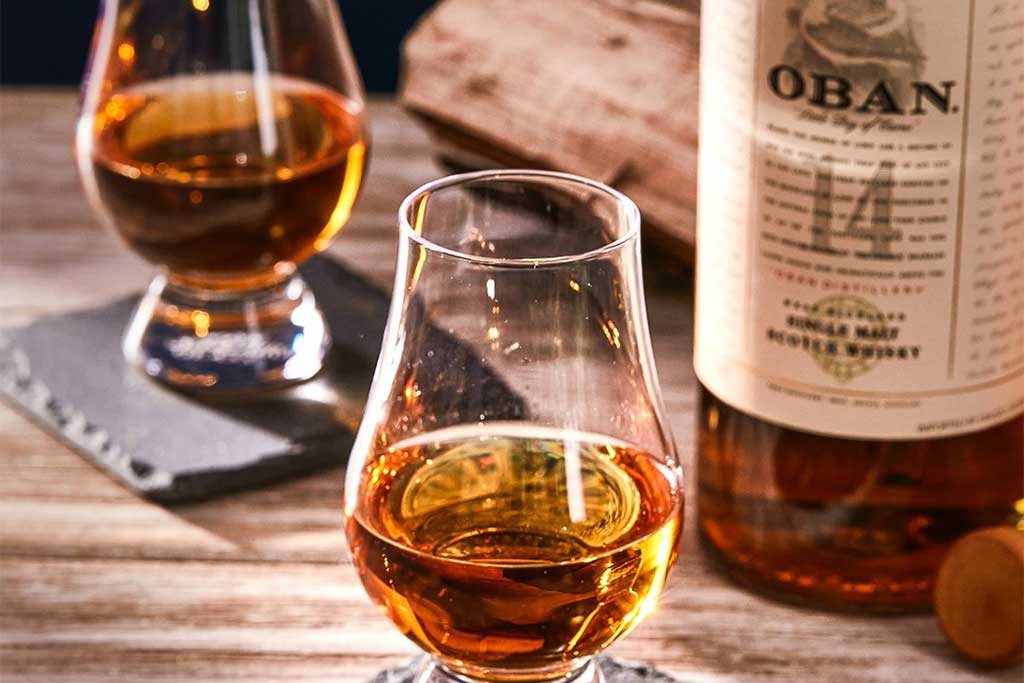
Author’s choice
While both whiskies have faults, being quite underwhelming to some extent, the Oban 14 emerged as the winner in this comparison.
Oban 14 took the lower colour rating score of 3/10 for the Oban 14 because of its use of added colour. Although pretty, it is artificial and unimpressive. Macallan 12 Triple Cask received a 7/10 for simply having the more visually appealing and completely natural hue. (Something Macallan take very seriously with their unrivalled approach to cask selection and maturation.)
The Oban 14’s nose received a slightly higher rating of 5/10, compared to the Macallan 12 Triple Cask’s rating of 4/10. It offered more complex fragrances that made the aroma slightly more immersive.
Regarding mouthfeel, the Oban 14 received a 4/10 for its relatively smoother and more satisfying texture. Its palate rating of 5/10 reflects a decently drinkable flavour profile. It is not that the Macallan 12 Triple Cask necessarily fell short in this category, but it is nearly impossible to equate the quality of the taste to the number on its price tag.
Neither the Oban 14 nor the Macallan 12 Triple Cask have a strong finish. Neither whiskies particularly linger on the palate or culminate in anything too fanciful. They end as quickly as you sip them. However, the combination of flavours in the Oban 14 stand out just a bit more, with a rating of 5/10. The Macallan 12 Triple Cask is too lightweight for my sensibilities, so I gave it a 3/10.
With a total score of 22 out of 50, Oban 14 outperformed Macallan 12 Triple Cask, which received 19 out of 50. While the price may have influenced my final decision, Macallan 12 Triple Cask simply did not meet the expectations of richness and complexity that one would associate with its higher price point.
Neither dram is particularly spectacular, but they’re both well enough that they’re worth keeping around for casual occasions as an offering for non-Scotch drinkers. Ultimately, the Oban 14’s better performance and fairness in price made it the preferred choice in this comparison, despite its imperfections.



